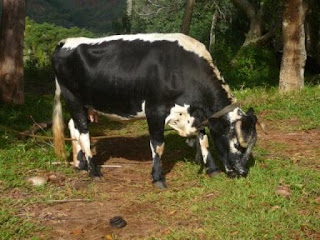I haven't written a new post for my blog for almost 2 months now.
Christmas is always a busy time but my big excuse is that I
have been in Nepal for the past month. What a beautiful country. My daughter
Jennie and I went together, first trekking on 2 four days treks in Annapurna
and then the Helambu regions. We then spent almost 10 days volunteering in a
school just outside Kathmandu and feeling very much part of the school
community. It was a great way to experience the real Nepal rather than just the
tourist version....more on that in another post though.
 As I expected, the treks were hard work, either uphill or downhill
for long stints but all my pre-trip exercising paid off in that I had no
problems with my knees. I just got blisters from sweaty socks on particularly
long days of walking and especially trying to keep up to Jennie's speedy pace.
I really enjoyed the quiet of the treks, getting a glimpse of the self
sufficient life that the villagers live and of course the fantastic views. You
really learnt to appreciate good energy giving carbohydrate rich foods and
plenty of fluids on route. Chai masala was our favourite tea and we would order
a big pot to rehydrate when we arrived at our tea or guest house. Another
little tip that Jennie learnt from her previous visit to Nepal was to take a
mini bottle of Khukuri rum with us to add a dash in the tea. Very warming on cold winters night! The
pots came in various sizes but this one was the best.
As I expected, the treks were hard work, either uphill or downhill
for long stints but all my pre-trip exercising paid off in that I had no
problems with my knees. I just got blisters from sweaty socks on particularly
long days of walking and especially trying to keep up to Jennie's speedy pace.
I really enjoyed the quiet of the treks, getting a glimpse of the self
sufficient life that the villagers live and of course the fantastic views. You
really learnt to appreciate good energy giving carbohydrate rich foods and
plenty of fluids on route. Chai masala was our favourite tea and we would order
a big pot to rehydrate when we arrived at our tea or guest house. Another
little tip that Jennie learnt from her previous visit to Nepal was to take a
mini bottle of Khukuri rum with us to add a dash in the tea. Very warming on cold winters night! The
pots came in various sizes but this one was the best.
A little guest house (not often patronised if the kid staring at
us eating breakfast was an indication of how many Westerners actually stayed
there) at Chipling in the Helambu region served us up this thermos which by my
reckoning held about 2 litres of tea.
My favourite food on the treks was Gurung or Tibetan bread .
Apologies that this is not my photo but I was usually so hungry or exhausted
and this always tasted so good that I didn't think about taking photos, only
eating it! It is a fried bread that had a doughnut like texture and maybe there
might have even been a hint of cinnamon in there as well. Main meal menus were
pretty much the same wherever we trekked – a choice of dhal bhat (the dish of rice, curry and dhal that many Nepalis eat for lunch and dinner) or various versions of more exotic foods such
as pizza, macaroni, chop suey or chow mein.
And how about this for a restaurant with a view.



















































